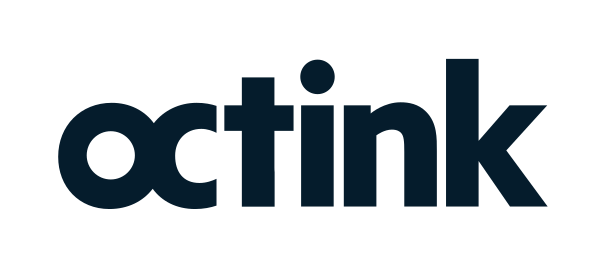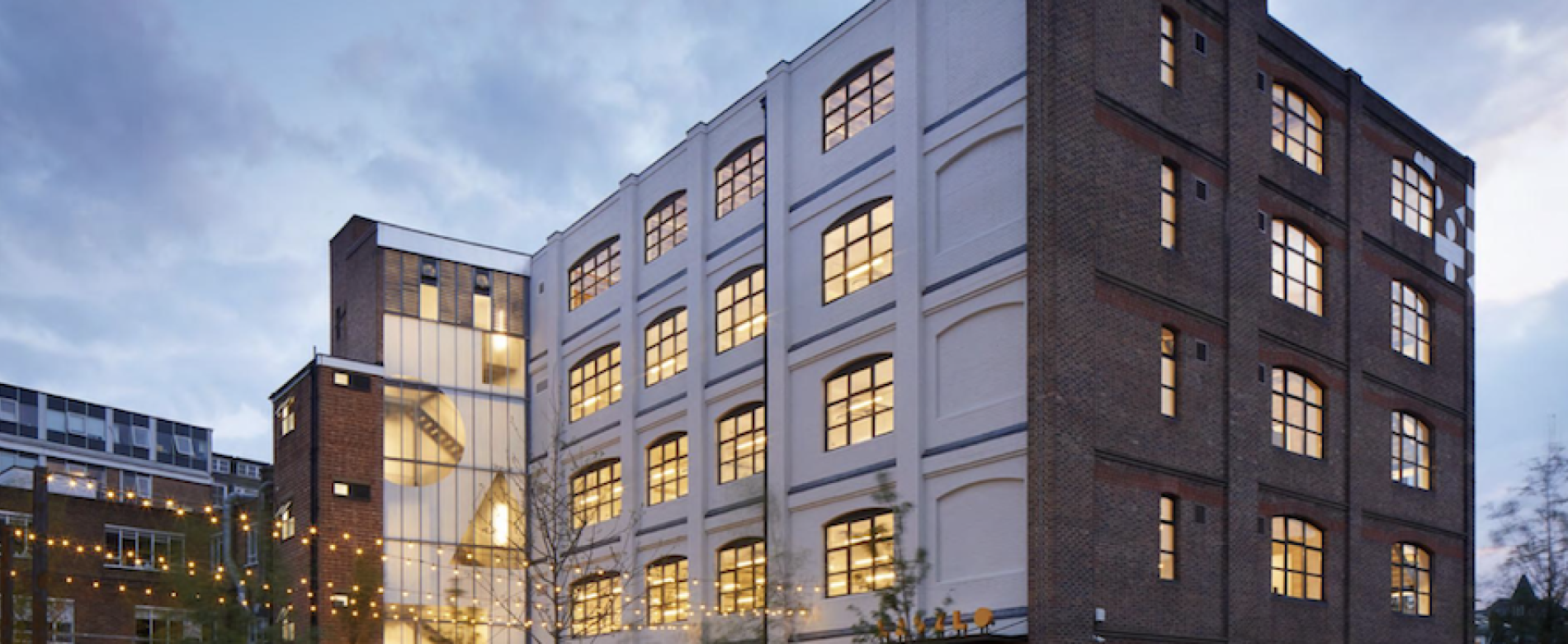Hoarding Boards
Key Takeaways
- Hoarding boards are essential for construction sites, providing security, privacy, and advertising opportunities while enhancing the site’s aesthetics.
- Custom printed panels not only serve as marketing tools but also create additional revenue streams for construction projects, boosting brand visibility.
- Selecting the right materials, such as Aluminium Composite Material (ACM), PVC foam, or plywood, is crucial for durability and effectiveness of hoarding boards, while adhering to planning regulations ensures legal compliance and public safety.
The Importance of Hoarding Boards for Construction Sites
Hoarding boards serve as crucial security measures at construction sites. They prevent unauthorized access, safeguarding both workers and the public. These barriers help manage and mitigate risks associated with construction activities.
Hoarding boards also ensure privacy by reducing noise disturbances and creating a safer and more appealing environment. Imagine a bustling city where construction is happening silently behind beautifully designed hoarding board, allowing businesses and residents to go about their daily lives without disruption.
Additionally, custom printed hoarding boards present excellent advertising opportunities. They transform mundane construction sites into vibrant canvases for brand promotions, attracting attention and generating additional revenue. Companies like Octink specialize in creating bespoke hoarding signage designs that not only meet project needs but also enhance the overall aesthetic appeal.
Custom Printed Hoarding Panels
Custom printed hoarding panels have revolutionized the way businesses approach advertising. By turning the otherwise dull and utilitarian boards into vibrant marketing tools, businesses can reach and engage the public effectively. These site hoarding boards become a platform for showcasing artwork, promotional messages, and brand stories.
The financial benefits are substantial. Offering advertising space on hoarding panels not only enhances public awareness but also creates extra revenue for construction projects, maximizing return on investment. Imagine a construction site that not only builds structures but also builds brand value, all thanks to these custom printed panels.
Octink’s vibrant printed hoardings are designed to boost brand visibility and elevate the overall aesthetics of construction sites. Their expertise in creating high-quality, eye-catching designs ensures that your construction site hoarding stands out, drawing attention and leaving a lasting impression on passersby.
Material Options for Hoarding Boards
Choosing the right material for hoarding boards is crucial for ensuring their durability and effectiveness. Common materials include Aluminium Composite Material (ACM), Dibond, and PVC foam, each offering unique benefits. The choice of material can significantly impact the longevity and appearance of the hoarding panels.
Thickness is another critical factor. Thicker hoarding panels are generally more durable and can withstand harsh weather conditions better. This is particularly important for long-term projects where the hoarding needs to maintain its integrity over extended periods.
Let’s explore some of the most popular material options available.
Aluminium Composite Material (ACM)
Aluminium Composite Material (ACM) is a top choice for hoarding boards due to its exceptional durability. These ACM boards are weather-resistant, rust-resistant, and suitable for long-term outdoor use. Their robustness ensures that they can withstand the elements, making them an ideal choice for various environments.
One of the standout features of acm board is its versatility. These boards can be custom sizes, with standard dimensions typically being 8ft x 4ft or 10ft x 5ft. Despite being lightweight, ACM boards are incredibly flexible, easy to install, and can be adapted to meet different signage needs. Their contemporary look adds a touch of modernity to any hoarding project, enhancing the visual appeal of construction sites.
PVC Foam Hoarding Panels
PVC foam hoarding panels are a cost-effective option, particularly suited for short-term or indoor use. They are lightweight and easy to handle, making them ideal for temporary fencing solutions. These panels typically come in thicknesses of 3mm or 5mm and weigh around 3 kilograms each.
PVC foam panels can be finished with laminates or anti-graffiti coatings to boost durability and appearance. This makes them not only functional but also aesthetically pleasing, ensuring they meet the specific needs of any hoarding project.
Plywood Hoarding Boards
Plywood hoarding boards are a traditional and reliable option for construction site hoarding. They provide a solid structure for temporary fencing, ensuring security and public safety. Plywood panels can be customized with various finishes, including colors and textures, to match specific branding or aesthetic needs.
Plywood boards are versatile, customizable to fit any construction site’s unique requirements, and provide a sturdy and effective barrier. Their enduring popularity underscores their effectiveness and reliability.
Enhancing Durability and Aesthetics
Maintaining the integrity of hoarding boards over time requires enhancing their durability and aesthetics. Weather-resistant coatings can significantly extend the lifespan of hoarding boards, keeping them effective and visually appealing throughout the project. This is especially important for outdoor installations where exposure to the elements can cause wear and tear.
Various techniques and technologies can enhance both the durability and aesthetic appeal of hoarding boards.
Laminated Finishes
Laminated finishes add an additional layer of protection and can be either matte or gloss finish, offering flexibility in appearance. Laminates enhance visual appeal and increase board durability.
PVC foam panels, for instance, can be finished with an anti-graffiti coating to boost protection and longevity. This is a valuable feature, especially for hoarding boards in public areas where graffiti can be an issue.
Rust Resistant Coatings
Outdoor hoarding boards benefit greatly from rust-resistant coatings, which prevent corrosion and degradation, significantly extending their lifespan. This makes them a more cost-effective solution in the long run.
Various rust-resistant coatings like epoxy-based and polyurethane finishes offer unique benefits and protection levels. Using these coatings ensures better durability, lower maintenance costs, and improved safety for construction sites.
UV Printing Technology
UV printing technology transforms hoarding board print by curing inks with ultraviolet light, producing vibrant, fade-resistant colors and a durable finish. UV printing can create high-quality artwork directly on boards, enhancing their appearance and making them stand out.
This technology ensures printed images maintain their quality over time, offering long-lasting visual appeal. It’s ideal for businesses aiming to create impactful and durable advertising on construction site hoardings.
Design and Installation Services
Successful implementation of hoarding boards at construction sites relies on design and installation services. Companies like Octink provide comprehensive support from concept to installation. Their nationwide service integrates design, budget management, and installation, ensuring a seamless experience for clients.
Customers benefit from in-house design assistance, with free artwork creation provided by skilled designers. This ensures that the hoarding boards not only meet safety and regulatory requirements but also align with the client’s branding and aesthetic goals. The end-to-end service includes survey, planning, design packages, calculations, printing, installation, and maintenance.
The installation service is carried out by a fully trained and insured team, ensuring that the hoarding boards are set up correctly and safely. Octink’s integrated approach ensures effective management of all project phases, delivering peace of mind and high-quality results for clients.
Planning Permission and Regulations
Adhering to planning permissions and regulations is crucial for installing hoarding boards successfully. Legally required hoarding ensures safety compliance, protecting the public from potential hazards. This makes understanding and adhering to the regulations a vital part of any hoarding project.
Planning permission may depend on factors like location, height, and duration of hoarding installations. Ensuring hoardings meet health and safety heights and comply with design specifications, such as illumination, is essential. Following these regulations ensures safety and contributes to the project’s overall success.
Construction companies can avoid legal issues and ensure safe, effective hoarding installations by adhering to legal requirements and obtaining necessary permissions.
Summary
In summary, hoarding boards play a multifaceted role in construction sites. They ensure safety, provide privacy, and offer significant advertising opportunities. Custom printed hoarding panels enhance public engagement and generate additional revenue. The choice of material, whether ACM, PVC foam, or plywood, impacts the durability and aesthetics of the boards. Enhancements such as laminated finishes, rust-resistant coatings, and UV printing technology further improve their longevity and visual appeal.
Design and installation services, coupled with strict adherence to planning permissions and regulations, ensure that the hoarding boards are effective and compliant. By choosing companies like Octink, you can benefit from comprehensive support throughout the project, ensuring high-quality, impactful hoarding solutions. Whether you’re looking to protect a construction site or maximize advertising space, hoarding boards are an invaluable asset.
Frequently Asked Questions
Why are hoarding boards important for construction sites?
Hoarding boards are important for construction sites as they ensure safety, provide privacy, reduce noise disturbances, and create advertising opportunities. Their presence effectively manages site impact on the surrounding community while maintaining project confidentiality.
What materials are commonly used for hoarding boards?
Hoarding boards are commonly made from Aluminium Composite Material (ACM), PVC foam, and plywood, each providing distinct advantages in durability and customization. Selecting the right material depends on your specific project needs.
How can custom printed hoarding panels benefit my construction project?
Custom printed hoarding panels can significantly enhance public engagement and improve the aesthetics of your construction site while also generating additional revenue through advertising. Their visual appeal can effectively promote your brand and foster a positive community relationship.
What are the benefits of using laminated finishes and rust-resistant coatings on hoarding boards?
Using laminated finishes and rust-resistant coatings significantly increases the durability and aesthetic quality of hoarding boards, ensuring they withstand environmental challenges and require less maintenance. This leads to a longer lifespan and better overall presentation.
Do I need planning permission for hoarding boards?
Yes, you may need planning permission for hoarding boards, depending on factors like their location, height, and duration. Ensure you check local regulations to stay compliant.

